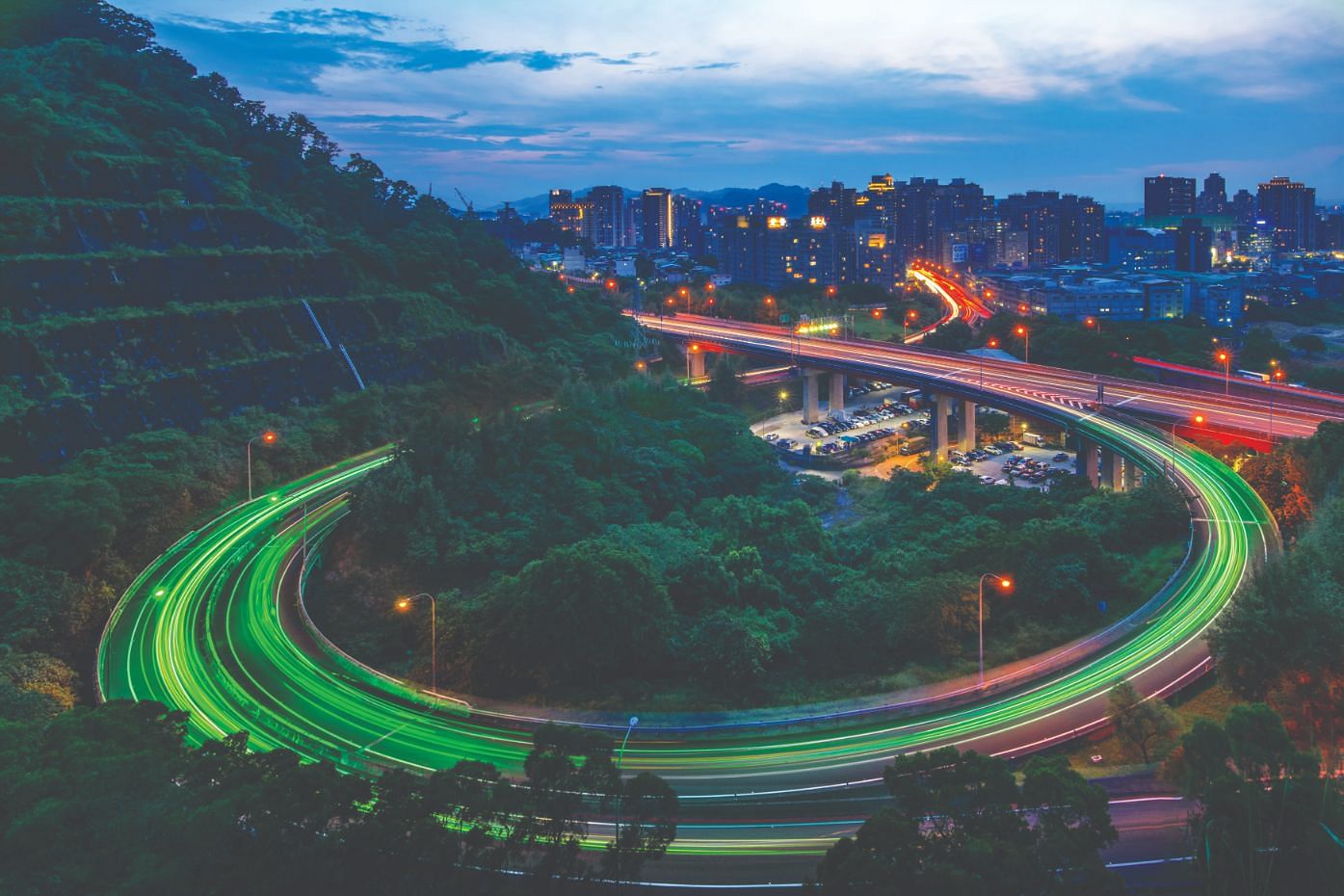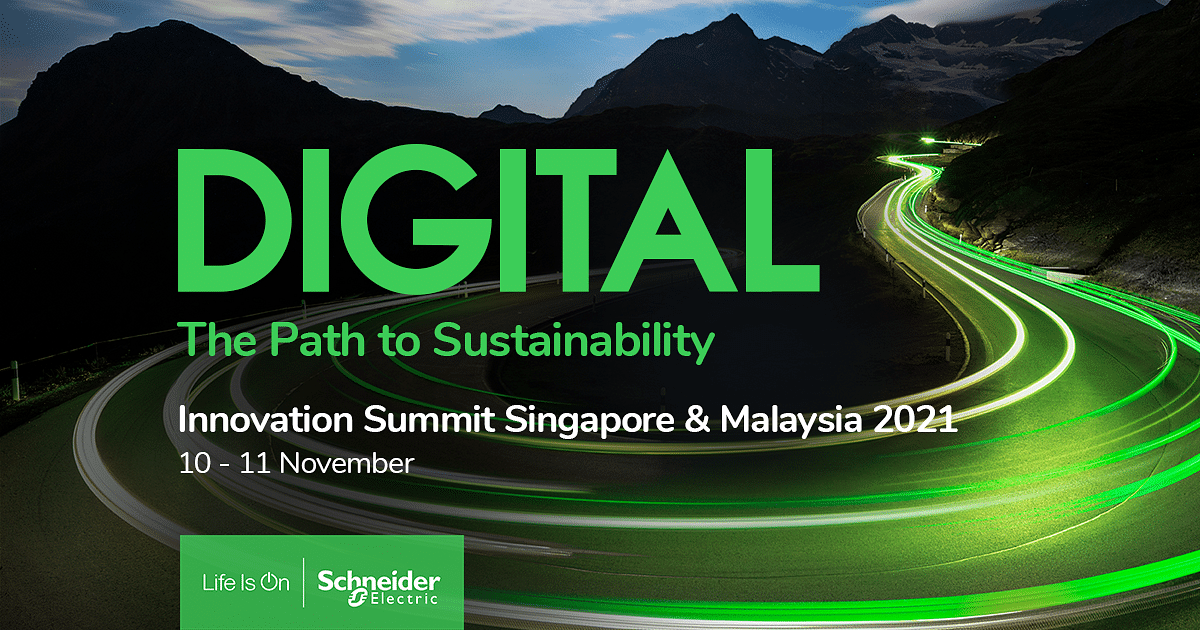What is good for the planet is good for your business

Not that long ago, sustainability was a good-to-have goal that was subservient to business outcomes for many organisations.
That has changed very quickly in the past few years, as climate awareness has risen among consumers, governments and businesses about the urgency for action.
In September, a United Nations climate change report issued a “code red” for humanity, citing the worsening global warming that will drastically change the planet.
Today, there is also an awareness that what’s good for the planet is good for the business as well.
A recent study by Schneider Electric, which surveyed over 1,000 businesses and consumers in Singapore, highlights the fact that 83 per cent of organisations feel that sustainability performance will be a potential barrier or opportunity for growth and success in the future.
This tells us that many local businesses are aware that moving forward, sustainability and growth go hand in hand, even if only 43 per cent say that their company is currently operating sustainably and only one-third of companies are strongly aligned to the Singapore Green Plan 2030.
Automation, for example, not only leads to efficiency in energy usage, but also a reduction in costs in manpower.
At the same time, digitalisation has meant that people can find ways to work, live and play without having to add to the carbon footprint by driving or flying over to another location.
Perhaps at no other time was this more obvious than during the pandemic.
A tap on a phone screen lets one transfer funds from a bank. Getting on a laptop allows office workers to work from home and also schoolchildren to continue their education.
At a factory, robots can run the show, from automated vehicles delivering materials across a facility to smart sensors helping to calibrate machines and improve the yield of a manufacturing process.
That said, digitalisation is not without downsides. The energy needed to run the servers, networks and buildings that help process these digital transactions is growing as well.
Addressing the difficult questions
Indeed, the data centres that power the Internet produce as much carbon emissions as the airline industry, and that was before the pandemic disrupted air travel.
Data centres are the backbone of a smart nation as they support technologies such as the Internet of Things (IoT) and artificial intelligence (AI) via a network, providing both connectivity and a place to store valuable data for analysis.
In Singapore, almost 7 per cent of the total energy we use is consumed by data centres. Analysts have estimated that energy demand is set to be doubled over the next few years.
This calls for answers to some tough questions. How can a business smartly invest in sustainability? How can it turn to digital and electric innovations in the future to achieve this goal?
The answers would not be “business as usual”. Tapping on innovative technologies is the way forward to meet the demand for, and also to tap on, cleaner and green energy.
As organisations work towards net zero emissions and further decarbonisation in their use of electricity, there will be big changes. Some of these efforts are already apparent today.
Data centres, for example, are striving to be more sustainable for the long term, by drawing on renewable energy sources such as solar and geothermal, while also reducing wastage through more efficient use of electricity to cool down their computers.
Related to this is the idea of energy efficient buildings. Digital technologies such as the Internet of Things (IoT) and data analytics now enable building owners to better manage their energy use, for example, optimising what’s needed for cooling and heating, as well as lighting.
This has been accelerated during the pandemic. For example, for offices, the sharp drop in building occupancy has meant that building owners needed to adjust their operational capacity on the fly.
They have had to look to sustainable technologies that are designed to help optimise energy usage.
At the same time, organisations involved in the supply chain that ensures that goods arrive on time are also seeking a sustainable way forward.
How can they better track and trace their items across the Earth, for example, to find an optimal route to keep things running with the least carbon impact? Can they reduce wastage by supplying closer to the actual demand?
Solutions for the future
The end-goal for these efforts is in the form of a circular economy, where people preserve and enhance natural capital, minimise the use of primary resources, foster new systems including leasing, extending product life, repair and reuse, and finally recycling of materials, if all other options are exhausted.
For businesses, it is important to consider the entire lifecycle of hardware components when implementing sustainable solutions and not just the impact they have during their operational lifespan.
However, at the moment, only 27 per cent of companies believe they are fully utilising technology to operate more sustainably.
At Schneider Electric, there are many solutions that can meet the new challenges.
From sensors that bring the intelligence to decision makers to make smart sustainability decisions, to more efficient equipment to bring electricity to the digital factory floor and office, the 180-year-old company is enabling businesses to make a real difference today.
One example is EcoStruxure, Schneider Electric’s IoT-enabled, plug-and-play, open, interoperable architecture, and platform that users can install to optimise their energy use.
This platform is built around sensors that can be attached to legacy hardware, overcoming the issue of incompatibility and captures vital information that can be uploaded onto their AI software for analysis to provide insights to better manage energy use.
The critical elements here are interoperability and compatibility. Since there are so many different systems, including legacy ones already in place, these energy optimisation systems of today will have to bridge new Internet-connected sensors with hardware that was built years before.
The technology, to be sure, is just one part of the solution for the future. There needs to be training for human operators to better understand and run the new technologies to improve energy efficiency as well.
Critical, too, is a strategy for the future. In Singapore, the Green Plan is guiding the country’s efforts in sustainability, to be a greener city by 2030.
Businesses are also seeking to improve their sustainability efforts. An ecosystem is important here.
Learning from industry experts
These topics and more will be the focus of the Schneider Electric Innovation Summit World Tour in Singapore and Malaysia on Nov 10 and 11.
Participants can expect insights on digital innovation from industry thought leaders as well as discussions on building more sustainable, resilient operations throughout the lifecycle.
Speakers include Schneider Electric chairman and chief executive officer, Mr Jean-Pascal Tricoire and Schneider Electric cluster president for Singapore, Malaysia and Brunei, Mr Yoon Young Kim.
Among the industry speakers are Mr Aylwin Tan, chief customer solution officer of CapitaLand Investment; Mr Bob Gill, general manager, Southeast Asia of ARC Advisory Group; Dr Puay Siew Tan, research division director, Manufacturing System Division of SIMTech, A*STAR; Ms Yvonne Soh, executive director of Singapore Green Building Council; Ms Hui Min Chan, director of DP Architects; and Mr Jasper Wong, head of construction and infrastructure of the Sector Solutions Group at United Overseas Bank.
- Find out more about the Schneider Electric Innovation World in Singapore and Malaysia here.
Join ST’s Telegram channel here and get the latest breaking news delivered to you.
Source: Read Full Article



